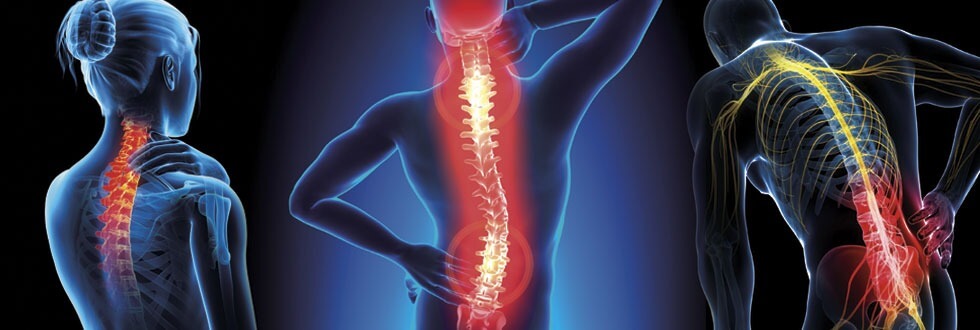How secure is spine surgery? With the spine being in as delicate of a situation since it is, the chance for problems operates high. While most slight process spine operations are effective, the more intense techniques run a much higher risk. In July of 2004, The Burton Record, printed by Lippincott said that “The entire world of spinal medicine, however, is producing patients with failed straight back surgery problem at an worrying rate” (Vol. 12, No. 7, pp.79). Some of the noted conditions that people have confronted after their spine surgeries contain; lateral back stenosis, central stenosis (including fusion over growth) and recurrent or consistent cd herniation.
Minimally invasive back surgery is being conducted more often than in the past. Mainstream spine surgery requires a extended cut and a lengthy, hard healing period. But, with a minimally unpleasant surgery, or “keyhole” surgery, a thin telescope-like instrument, named an endoscope is inserted into a significantly smaller incision. The endoscope is attached to camera that’s smaller than how big is nickel which gives a close up view, predicted onto a television screen for the medical practitioner to truly have a better look at your spine. The incisions are sutured up quickly, allowing a quicker and easier recovery time. While keyhole surgery is not for important spinal procedures, someone is a prime candidate for this minimally unpleasant surgery if he or she has been identified as having scoliosis, herniated disks or if you involve spinal fusion due to degenerative disks.
The primary reason for backbone surgery or throat surgery is to improve an anatomical lesion in individuals who crash showing improvement with conservative treatment like topping, rub, physical treatment or anti-inflammatory drugs. When you have pain without the current presence of an anatomical patch, spine surgery is no option for you. If you are a patient who has the necessity to modify your anatomy, like restoring a herniated cd, then backbone surgery is something that you should look into.
The principal intent behind throat or straight back surgery (Barcelona Spine Center surgery) is to fix an anatomical patch in individuals who crash to show development with careful, that is, non – medical treatment. Surgery isn’t an choice for those patients whose anatomical lesion accounting for their suffering can’t be identified. Surgery is advantageous just if you have a have to change the people’anatomy. As an example, to remove disk herniation. There is no particular purpose to think about an exploratory surgery to look for a supply of pain. An unsuccessful conservative therapy is it self an indicator for surgery. An obvious anatomic lesion can be necessary.
Present – time spinal surgery has made substantial developments in both spinal implants and method in the last couple of decades. But even until nowadays probably the most outstanding progress in backbone operation has been greater pre – powerful imaging methods, which were significantly improved the power of the surgeons to spot effectively and correct an anatomic patch as a source of pain.
MRI scan (Magnetic Resonance Imaging) has altered back surgery. It is the most frequent and the best test to recognise an anatomical lesion in charge of the patient’s problem. The absolute most important aspect in the quality of the achievement in spine operation is appropriate pre – adequate diagnosis. Lacking any ideal pre – correct examination, actually probably the most technically successful operations have small opportunity for an effective result.
Though that surgery is done by possibly neurosurgeons or orthopaedic surgeons, it’s more and more becoming a field unto itself. Many surgeons are doing additional specialised training in the field following their residency training. Given the accuracy necessary for these more challenging medical practices, several neurosurgeons or orthopaedic surgeons with fellowship teaching are picking to focus more of their exercise on backbone surgery. Some confidence that the increased amount of specialised education and concentration on the back have contributed to enhancements in precise techniques, which often have resulted in over all better accomplishment rates and minimised morbidity with many types of spine surgeries. Like, the reduced post – operative discomfort.
